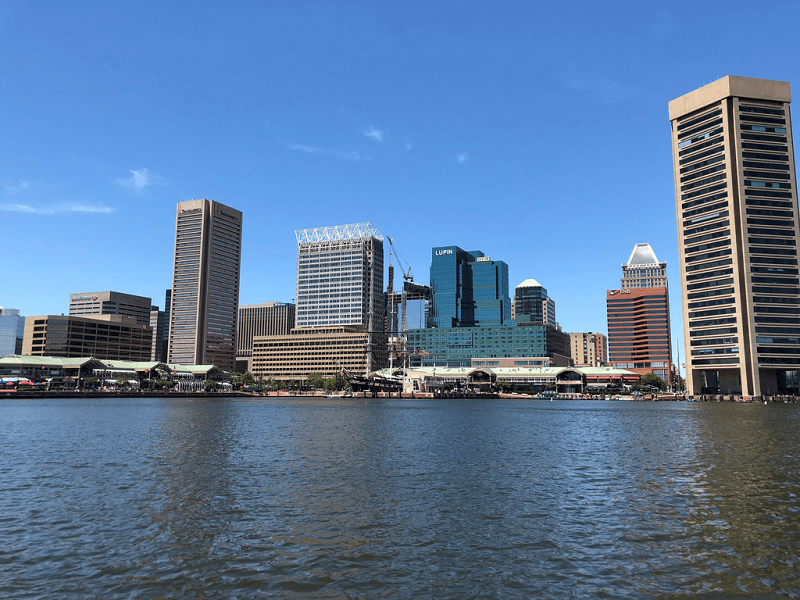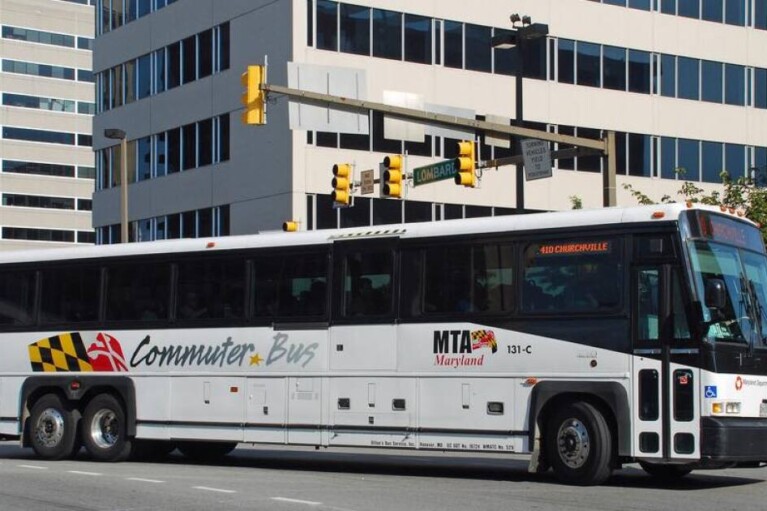Anirban Basu: Our Besieged Hamlet

Oh, great leader of Baltimore, wherefore art thou?
You may have heard that there is something foul in the air. And while COVID-19 is most unwelcome, so, too, is the pestilence of violence that plagues our fair city. But beyond the bloodshed is foreshadowing of further civic decline. Ultimately, we may stop speaking of Baltimore as a city with potential and begin speaking of one past the point of no return.
Let’s review. Prior to the pandemic, many of us were fixated on the woes associated with the Baltimore Symphony Orchestra, with some of the world’s greatest musicians locked out of the Joseph Meyerhoff Symphony Hall. If only that is where the tragedy ended.

Anirban Basu, chairman and CEO of the Sage Policy Group
The announcement that Franklin Resources would acquire Legg Mason on Feb. 18 tore yet another hole into the fabric of Baltimore’s financial services sector and robbed Maryland of yet another major corporate headquarters. As such, Legg Mason joins the ranks of Maryland National Bank, Alex. Brown, USF&G, Bank of Baltimore, First National Bank of Maryland, among others. Baltimore, once home to the Wall Street of the South, is resolving itself into a dew.
Just a few days later, Williams Scotsman, the manufacturer of portable structures, an industry segment offering great promise, announced that it would relocate its headquarters from Baltimore to Phoenix pursuant to a merger of equals with Mobile Mini.
While it is not clear why the combined companies chose Phoenix over Baltimore, I speculate that corporate leadership feels that recruiting top talent to Phoenix is easier than recruiting it to Baltimore. That’s remarkable, since Baltimore is located at the heart of America’s greatest state, while Phoenix is situated somewhere amidst Dante’s Inferno.
As if we needed more evidence of decay, new Census Bureau data indicate that Baltimore’s population declined to 593,490 as of July 1, 2019. The city lost nearly 9,000 people in one year, according to the latest statistics, or 1.5 percent of its population. Since 2010, the city has lost about 27,300 residents, which equates to 4% population decline.
This decline is rooted in the comedy of errors that occurs daily at City Hall, where elected leaders can be found fumbling basic issues such as billing for water and timing street lights. Some are born great, some achieve greatness, and some have the mayoralty of Baltimore thrust upon them.
But hark! Who goes there? Why it’s a flock of mayoral candidates – surely there is a hero or heroine among them?
Perhaps, but if the next mayor can’t reverse the city’s course, we must begin to consider a takeover of Baltimore City. For years, there have been rumors that Baltimore City would be merged into functioning Baltimore County, but it makes little sense to engage in such idle speculation. The combined budget of the two jurisdictions is simply inadequate to deal with the costs and complexities of merger, not to mention the politics.
What’s more, Baltimore County has its own issues, having lost population recently and sustaining a record number of homicides last year, prompting local demographers to ask, “Et tu, Towson?”
No, the only entity that can practicably absorb Baltimore City and begin to heal its sores is the State of Maryland. I know what you would say. One, the State of Maryland can’t handle the financial burdens generated by Baltimore City and two, the city deserves to represent and govern itself.
But methinks thou protesteth too much and too loudly. The state already bears the slings and arrows of the city’s outrageous misfortune, heavily subsidizing many activities ranging from education and school construction to housing and health care. A functioning Baltimore City that marches towards actualizing its potential would be less of a financial burden to the state, not more of one.
Second, the takeover would be merely temporary. There is precedent. In 1995, Congress approved legislation to create a financial control board for the District of Columbia, a measure that effectively ended that city’s home rule. But it was intended to be temporary, like similar boards established to guide New York, Philadelphia, and other cities through prior crises.
Under such a plan, the State of Maryland would create a governor-appointed control board to oversee city operations. The goal would be to improve agency functioning, audit city finances on an ongoing basis, allocate resources more efficiently, and ultimately hand a better, safer Baltimore back to its citizens. Or, we could simply embrace our broken status quo, and question whether Baltimore is to be, or not to be.
— ANIRBAN BASU
The writer, an economist, is chairman and CEO of the Sage Policy Group, Inc. in Baltimore.




 Creative Commons Attribution
Creative Commons Attribution